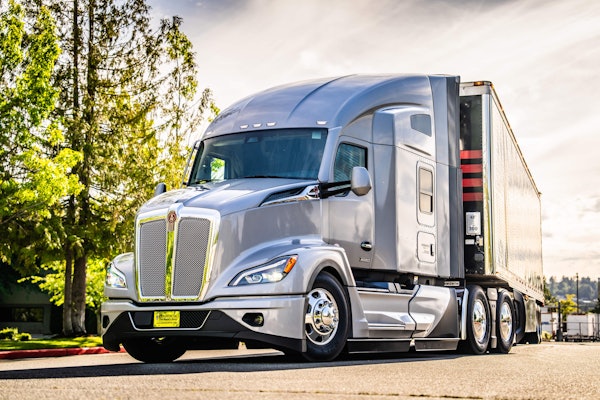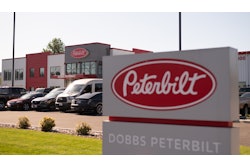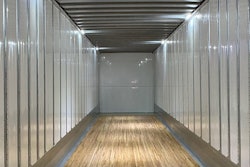IN THEIR WORDS…ANSWERS BY MARC KARON
Why did you start the business?
“We enjoy the customers, vendors and the challenges of the business. It was not our intention to exit the business or industry when we sold to TransCom in 1998. Soon after that, we realized that we had made a mistake and began to strategize how to get the businesses back. Our efforts were rewarded in 2002. We wanted to reclaim our businesses because we believed that with the correct business model we could be successful.”
What’s been your toughest business decision?
“It is hard to choose between two difficult decisions. The first was the decision to put our entire personal assets at risk to buy back the companies even though they were losing money at the time. The second toughest decision is ongoing. As less expensive product from China continues to proliferate, we have been very careful not to support these products. Maintaining a brand marketing strategy is often challenging, but has been very rewarding.”
What was your worst business decision?
“The worst decision we made was to sell our businesses to TransCom.”
What was your best business decision?
“Although I defined it as one of the toughest decisions, buying back our business from the bankruptcy court was also the best decision we’ve made. In addition, a very positive decision was to incorporate all inside and outside salespeople, along with branch managers, in all decision-making regarding vendors and market strategies. This group of decision makers, which we call the ‘Leadgroup,’ has made many positive suggestions and decisions. Our success with this proves that involvement breeds commitment.”
What is the best way to maintain a competitive edge?
“The best way to maintain a competitive edge is to employ the very best people. This strategy may seem risky since payroll expense likely will exceed those of your competitors. However, this is still a people business. The best people are more productive, make fewer errors and develop the greatest customer loyalties. In addition to having the best people, you need to link your company brand with the most successful product brands in our industry.”
What is your five-year vision?
“There are two major challenges for us in the next five years. First, the consolidation of major fleets and their alignment with OEs, marketing groups or large national distributors will create margin pressure and reduce addressable business for independent distributors. Our business model stresses growth in new products and new markets to address the losses listed above. In addition, our company is developing a succession plan with key employees who will continue the business.”
What is your business philosophy?
“Our fundamental business philosophy is to win, but have fun doing it. We try to make sure we involve all of our people in our success. Virtually every aspect of our operations and results is communicated to each employee and we use incentives and rewards to create an attitude of a true partnership with all of our people.”
TOTAL TRUCK PARTS
Address: 6545 Wallis Road
West Palm Beach, FL 33413
561-684-3332
Website: www.totaltruckparts.net
Founded: 2002
Owners: Marc Karon
Tom Fitzpatrick
Tom Gibson
Jack Wilcosky
Number of Locations: Five
· West Palm Beach, Fla. (headquarters)
· Ft. Lauderdale, Fla.
· Ft. Myers, Fla.
· Ft. Pierce, Fla.
· Miami
Employees: 93
2006 Revenue: $22.5 million
Business Model: Provide a broad base of products and services to increase value for customers, including large parts inventories for better availability, solid supplier relationships for competitive pricing and a talented and motivated workforce dedicated to customer service.
Growth Plan: Establish market leadership with each branch location and grow revenue and profit by adding new product lines and services. Total Truck Parts is actively acquiring real estate where it has facilities to better keep costs in line and allow for future shop and showroom expansion. New business is generated by adding affiliated customers called sub-distributors that allow the company to grow into new markets without large capital investments.







